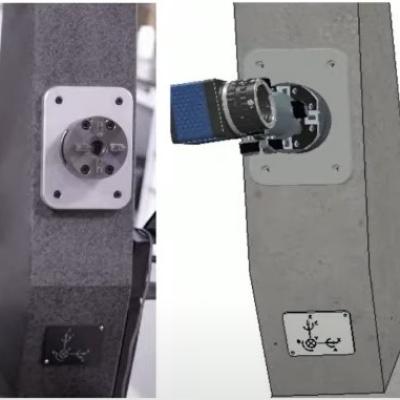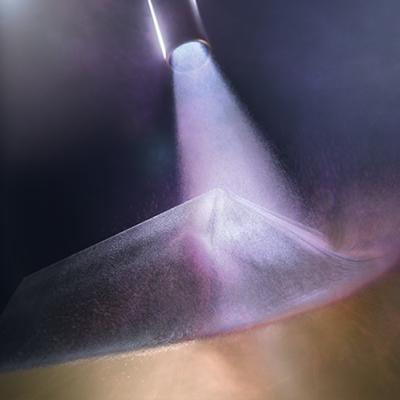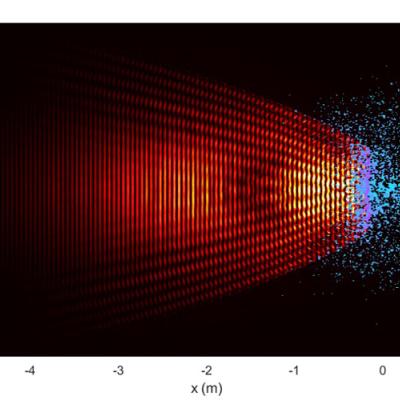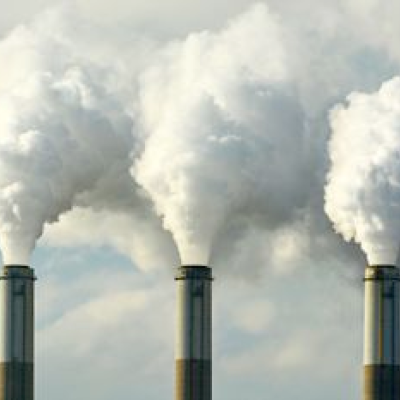This invention solves a limitation in the current practice of adding hydroxyl functional groups to the aminopolymer through the use of an alternative synthetic approach. The novelty of our approach is to produce new structurally modified relatives of common aminopolymers (PEI and PPI) as well as new functionalized materials in which the hydroxyl groups are tethered to a carbon in the backbone…
Keywords
- Show all (85)
- Additive Manufacturing (37)
- Electric Grid (8)
- 3D Printing (7)
- Carbon Utilization (6)
- Materials for Energy Products (4)
- Synthesis and Processing (4)
- Manufacturing Automation (2)
- Power Electronics (2)
- Geologic Storage (1)
- Inertial Fusion Energy (IFE) (1)
- Manufacturing Simulation (1)
- Material Design (1)
- Membranes (1)
- Microfabrication (1)
- Precision Engineering (1)
- Simulation (1)
- Spectrometers (1)
- Volumetric Additive Manufacturing (1)
- (-) Manufacturing Improvements (3)
- (-) Direct Air Capture (2)
Technology Portfolios

LLNL’s novel approach utilizes a number of techniques to improve reconstruction accuracy:

This invention describes a multiple nozzle microfluidic unit that allows simultaneous generation streams of multiple layered coaxial liquid jets. Liquids are pumped into the device at a combined flow rate from 100 mL/hr to 10 L/hr. Droplets are created with diameters in the range of 1 µm to 5 mm and can be created with 1-2 shell layers encapsulating fluid. Droplets created from the system can…


LLNL pioneered the use of tomographic reconstruction to determine the power density of electron beams using profiles of the beam taken at a number of angles. LLNL’s earlier diagnostic consisted of a fixed number of radially oriented sensor slits and required the beam to be circled over them at a fixed known diameter to collect data. The new sensor design incorporates annular slits instead,…

